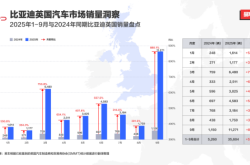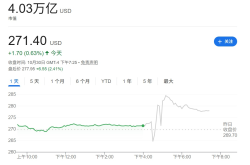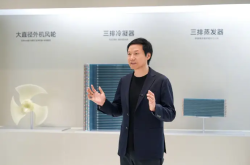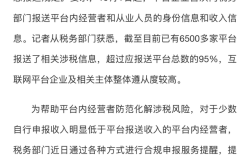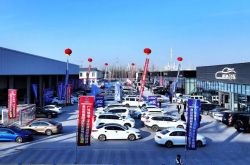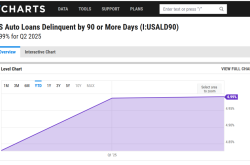NVIDIA Invests $1 Billion in Nokia! Targeting the AI Communication Market, Is 6G on the Horizon?
![]() 10/31 2025
10/31 2025
![]() 439
439
NVIDIA Sets Its Sights on a Brighter Future.
On October 28, NVIDIA and Nokia unveiled a strategic partnership.
Nokia will incorporate commercial-grade AI-RAN (Artificial Intelligence Radio Access Network) products, leveraging NVIDIA's cutting-edge technology, into its RAN (Radio Access Network) offerings. This move empowers communication service providers to deploy AI-native 5G-A and 6G networks seamlessly on NVIDIA's robust platform.
NVIDIA will also make a significant $1 billion investment in Nokia, acquiring shares at a subscription price of $6.01 each, thereby becoming Nokia's second-largest shareholder.
Following the partnership announcement, Nokia's stock price skyrocketed by 23%, marking a new decade-high peak.
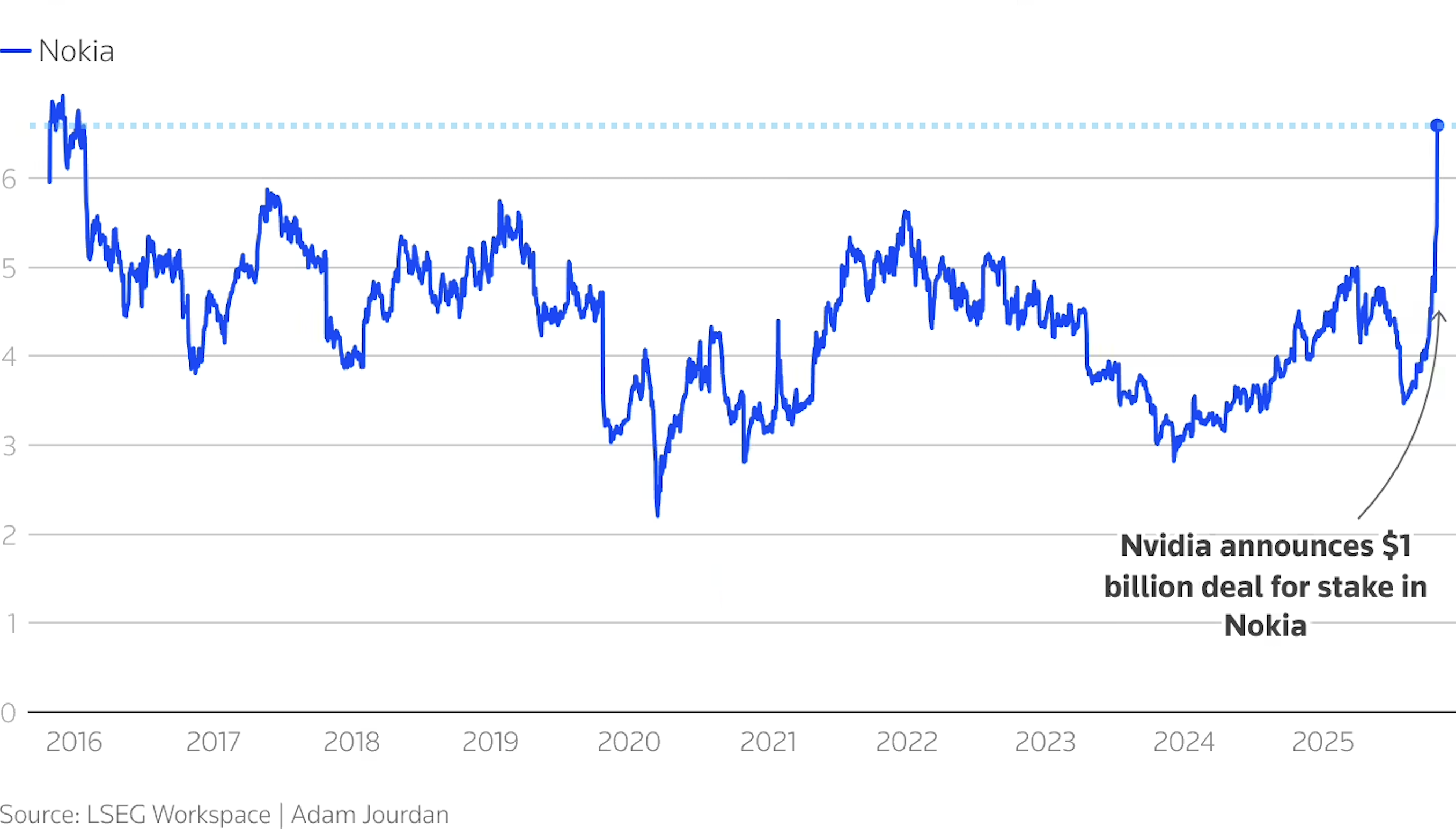
(Chart source: LSEG Workspace|Adam Jourdan)
With more news emerging from GTC 2025 Washington, NVIDIA's stock price also soared to a record high. On October 29, NVIDIA's market capitalization surpassed the $5 trillion mark for the first time, making it the inaugural company globally to achieve this milestone.
Empowering AI-Native 6G Communication: Is Nokia Making a Comeback?
Despite being gradually "overshadowed" by digital tech consumers in the mobile internet era, Nokia, a venerable enterprise with a century-long legacy, remains a frontrunner in the foundational realm of communication technology, as recognized by NVIDIA.
Whether it's 3G, 4G, 5G, or the upcoming 6G communication, Nokia, with its rich technological heritage and patented innovations, is an indispensable presence for other industry players (including tech giants), particularly in the U.S. market.
Established a century ago in 1925, Bell Labs was once the premier technology research hub in the U.S., achieving groundbreaking breakthroughs in digital communication, cellular phones, and other domains. It amassed over 30,000 patents and nurtured 15 Nobel laureates. In 2016, Bell Labs was acquired by Nokia along with Alcatel-Lucent, becoming Nokia Bell Labs, and has since dedicated itself to pioneering next-generation network technologies.
Earlier this year, Nokia announced that its portfolio of "5G Standard Essential Patents (SEPs)" had exceeded 7,000. Possessing such an extensive array of 5G SEPs means that any company producing devices compliant with 5G communication standards may need to secure Nokia's patent licenses. "Any device connected to a cellular network utilizes Nokia's patented technology," a source of pride for the century-old enterprise.
It's reported that over 250 companies have obtained licenses for Nokia's patented technologies, including well-known names like Apple, Samsung, Xiaomi, OPPO, and Vivo. Beyond mobile devices, numerous companies in consumer electronics, IoT devices, and connected vehicles also leverage communication technologies licensed from Nokia.
Nokia also underscores its "proactive" pre-standardization efforts for 6G, positioning itself as an industry leader in the upcoming 6G standardization process.
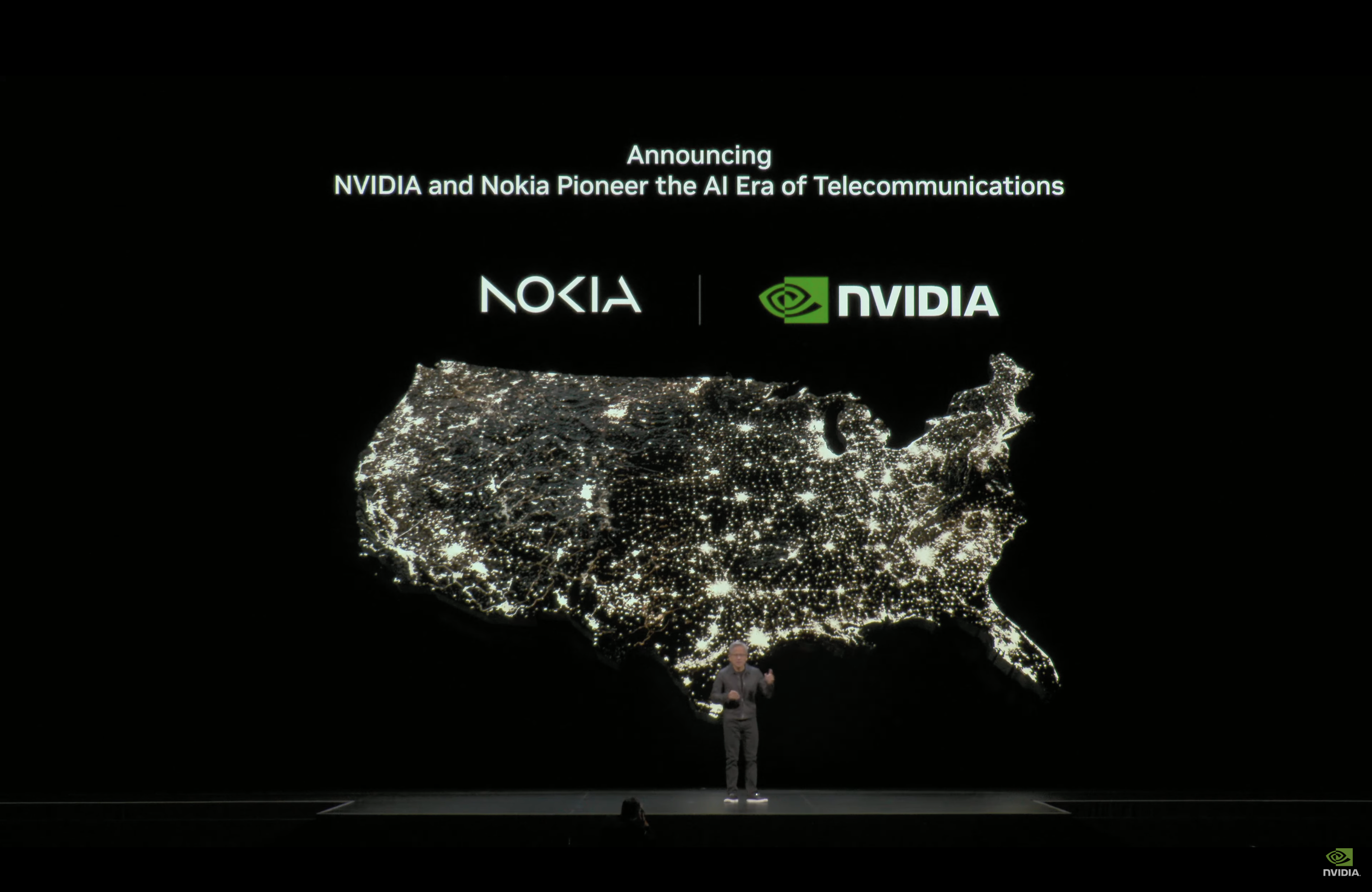
(Image source: NVIDIA)
Some may question why NVIDIA opted to partner with Nokia when U.S.-based Qualcomm also boasts a substantial portfolio of 5G patents.
On one hand, NVIDIA is already collaborating with Qualcomm, focusing on enhancing AI computing capabilities. On the other hand, in the communication technology sphere, a century-old enterprise like Nokia undoubtedly possesses more foundational patent technologies, which are crucial for NVIDIA in jointly developing AI-native communication technologies. Additionally, compared to Qualcomm's "all-in" approach, Nokia is currently more amenable to in-depth cooperation with NVIDIA in 5G-A and 6G communication technologies.
Another veteran Nordic communication technology company, Ericsson, currently collaborates more extensively with NVIDIA in its home (Swedish) market.
Beyond Computing: What Does NVIDIA's AI-Native Communication Entail?
According to market research consultancy Omdia, the global RAN market is projected to exceed $200 billion by 2030. As a technological trend, the AI-RAN market is accelerating its development.
As a founding member, NVIDIA, along with SoftBank, ARM, Microsoft, Amazon, Samsung, Nokia, Ericsson, T-Mobile, and others, formed the AI-RAN Alliance in February 2024 to foster the deep integration of AI and next-generation communication technologies.
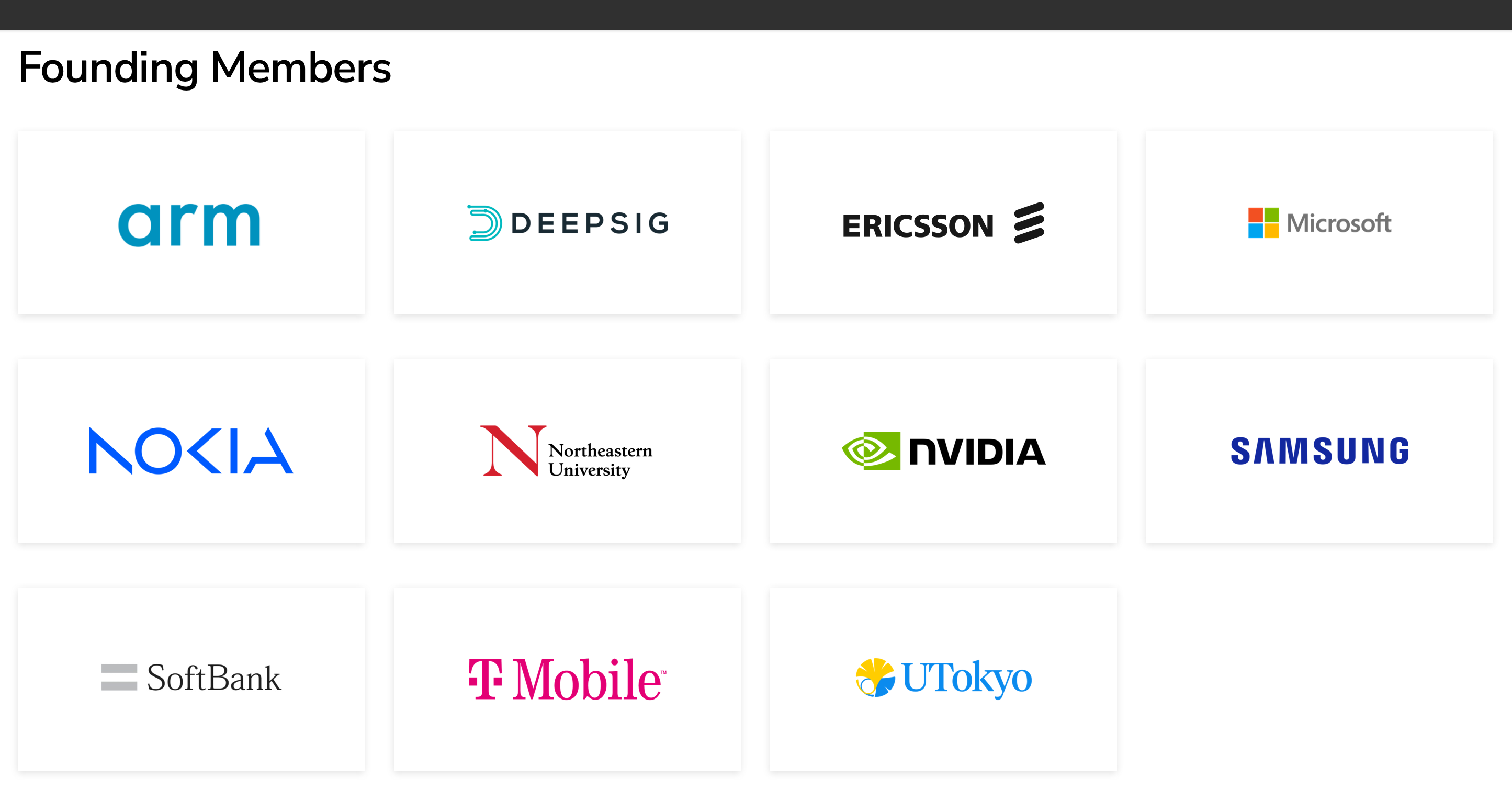
Founding Members of the AI-RAN Alliance (Image source: AI-RAN Alliance)
The AI-RAN Alliance, spearheaded by NVIDIA and SoftBank, focuses on core technological directions such as distributed AI processing in base stations, network spectrum efficiency optimization, energy consumption management, and edge computing service innovation. It has established three major technological routes: AI for RAN (AI-empowered Radio Access Network), AI and RAN (AI-driven Radio Access Network), and AI on RAN (AI-augmented Radio Access Network).
As an ecological achievement of the alliance, NVIDIA and SoftBank jointly launched a trial AI-RAN platform in November 2024. Utilizing NVIDIA Aerial acceleration technology, it realized the world's first telecommunications network architecture capable of simultaneously processing AI inference and 5G transmission, reducing autonomous driving command latency to under 10 milliseconds. It will support future applications such as remote control of autonomous vehicles and robot control.
This time, Nokia's integration of commercial-grade AI-RAN products, based on NVIDIA's technology, into its RAN portfolio can be viewed as another significant collaborative milestone among ecological enterprises within the alliance.
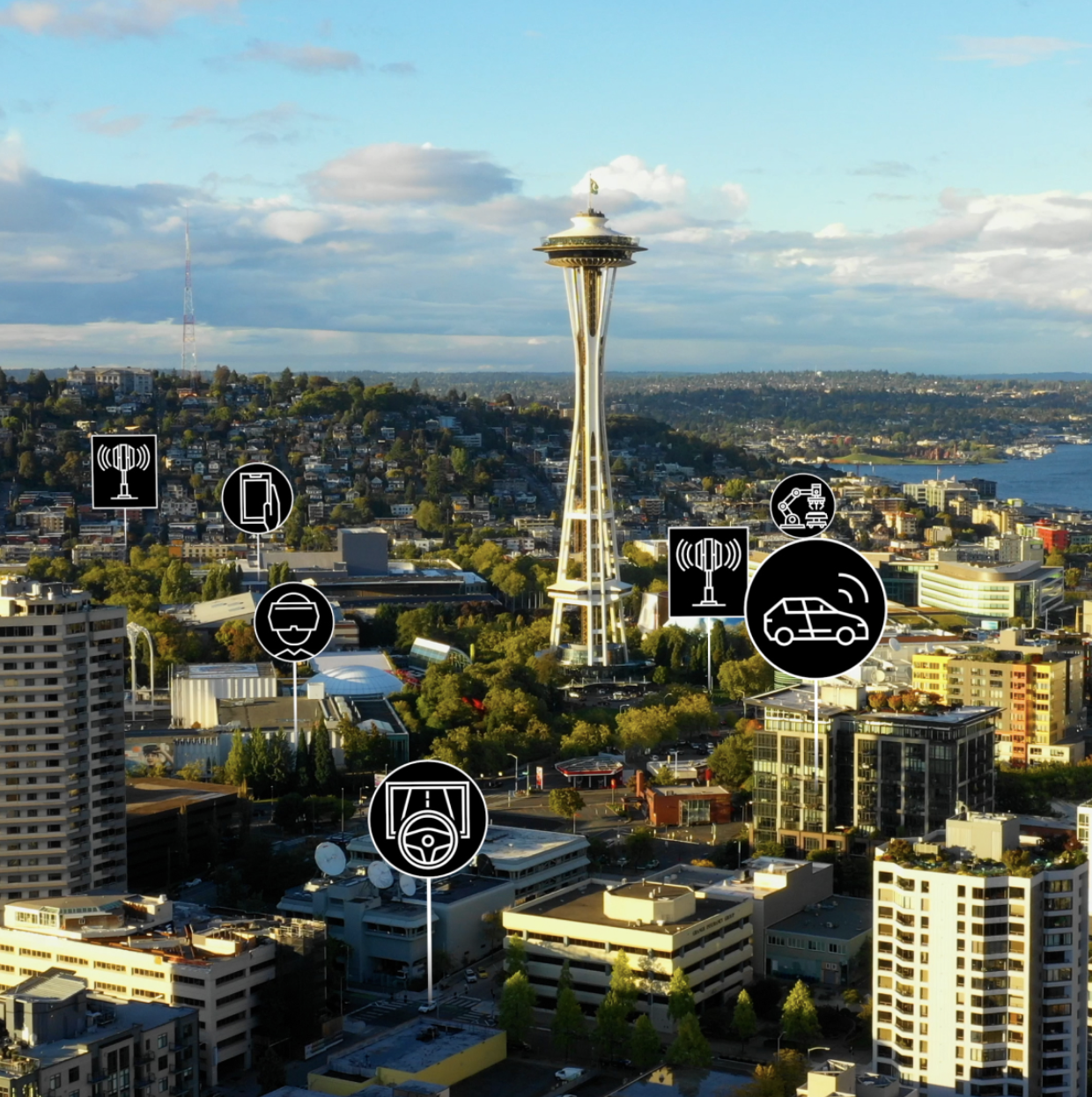
(Image source: NVIDIA)
In terms of collaboration specifics, in the AI for RAN domain, NVIDIA's AI empowers Nokia's RAN portfolio, leveraging AI algorithms to optimize spectrum utilization while reducing energy consumption caused by traditional RANs (currently accounting for approximately 1.5% to 2% of global energy consumption).
In the AI on RAN domain, NVIDIA and Nokia will jointly extend cloud computing capabilities to the edge of base stations, providing distributed edge AI inference capabilities while creating an "ultra-low-latency" computing environment. This provides a communication technology environment capable of "real-time decision-making and response" for applications such as autonomous vehicles and industrial robots.
Such application scenarios also enable communication operators to fully utilize their idle RAN resources and unlock new business growth avenues. For operators, data that can be processed on-site at base stations no longer needs to be transmitted back to data centers, thereby alleviating network transmission burdens.
Concurrently, Nokia will adopt NVIDIA's already launched ARC (Aerial RAN Computer) and the newly launched ARC-Pro (Aerial RAN Computer Pro) computing platforms to construct the core AI capabilities of its compatible AirScale base stations.

(Image source: Nokia)
In collaboration with communication operators, NVIDIA and Nokia announced that they will conduct technical testing of relevant product portfolios with T-Mobile in 2026 to verify performance and efficiency improvements in real-world application scenarios. Dell is also driving application innovation by integrating Nokia's product portfolio with NVIDIA's AI-RAN solutions in its Dell PowerEdge server environments.
The widespread adoption of AI-RAN product portfolios will ensure users enjoy a smoother network experience when utilizing generative AI, AI agents, and physically interactive AI applications. AI-RAN product portfolios will also better support and enable the technological realization and scenario application deployment of AI-native devices such as autonomous vehicles, drones, and AR/VR glasses, while preparing for new applications like Integrated Sensing and Communication (ISAC) in the 6G era.
Strategizing for Next-Generation Communication Technologies, NVIDIA Aims for a Brighter Future
During the 4G era, few manufacturers anticipated the explosive growth of AI technology in the 5G era. Consequently, the 5G technology standardization, product applications, and scenario promotions did not incorporate substantial AI capabilities.
In the 5G era, drawing on previous lessons, starting from 5G-A, major vendors have begun competing in AI-native communication technology standards, product applications, and scenario promotions, striving to pave the way for the anticipated AI-native 6G communication era set to commence around 2030.
According to Chinese Academy of Engineering academician Wu Hequan, "6G may represent a true 'intelligence awakening.' It will no longer be solely about faster internet speeds or lower latency but will enable the network itself to perceive, think, and respond, becoming a true 'intelligent partner.'"
Under this new development trend, resolving the seemingly "irreconcilable" contradiction between complex AI computing and real-time communication technologies and achieving their deep integration poses a formidable challenge for all parties involved.
As a global leader in AI computing, NVIDIA's initiative in establishing the AI-RAN Industry Alliance and partnering with ecological collaborators like Nokia undoubtedly aims to provide an NVIDIA-branded "solution" to this seemingly "irreconcilable" contradiction. In this process, NVIDIA has undoubtedly positioned itself at the forefront of global AI-native communication technology standardization and product implementation.
Source: Leitech
Images in this article are sourced from the 123RF licensed image library. Source: Leitech

